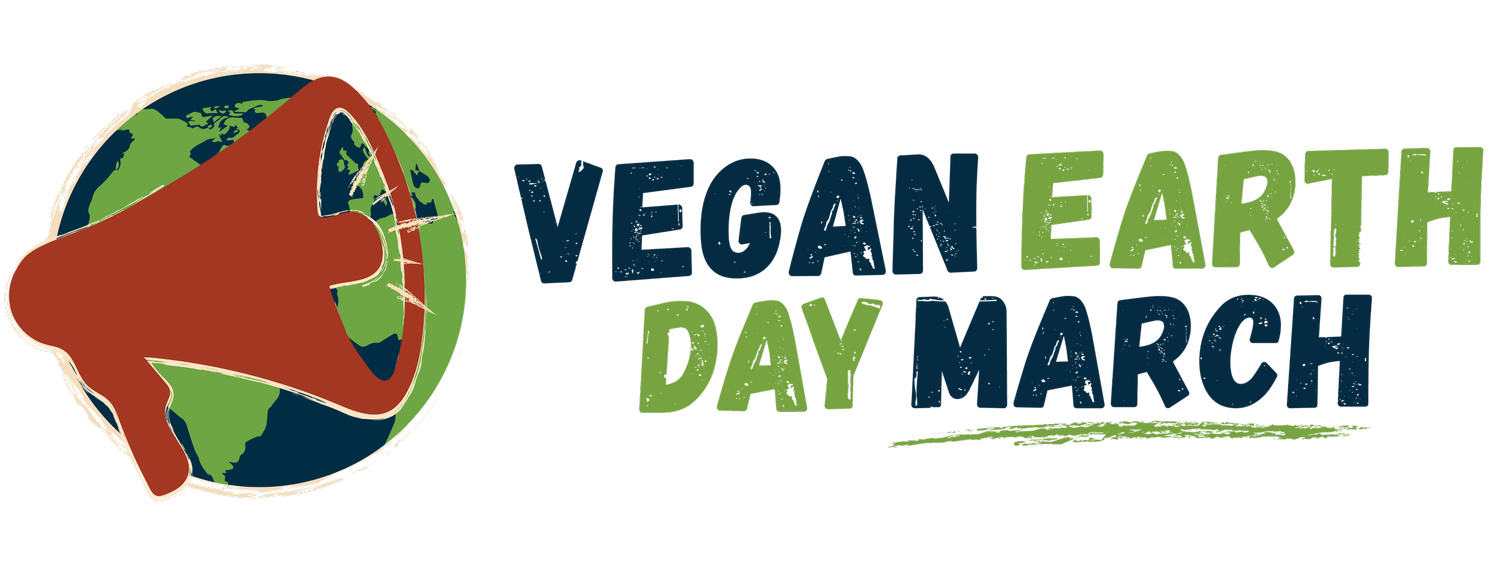
Learn
Why are we demanding a Plant Based Food System?
The adoption of a Plant Based Treaty as a companion to the UNFCCC/Paris Agreement will put food systems at the heart of combating the climate crisis. The Treaty aims to halt the widespread degradation of critical ecosystems caused by animal agriculture, to promote a shift to more healthy, sustainable plant-based diets and to actively reverse damage done to planetary functions, ecosystem services and biodiversity.
Animal Agriculture Facts
Raising and killing animals for food is a top contributor to climate change and nearly every major environmental problem we face. According to the 2019 Eat Lancet Commission - “Global food production is the single largest driver of environmental degradation; threatening local ecosystems, causing biodiversity loss, destabilizing earth’s critical cycles and driving a sixth mass extinction of species”.
Over 50 BILLION land animals and over a TRILLION sealife are violently killed every year to satisfy human’s desire for meat and dairy products.
77% of the agricultural land on the planet is directly used for raising animals, while 23% is used for raising crops. Since half the crops are fed to animals, animal agriculture accounts for 86% of the agricultural land area of the planet (1)
7% of the ice-free land area of the planet provides 85% of the food we eat in the form of plant foods. Animal agriculture takes up 43% of the ice-free land area of the planet, while providing just 12% of the food we eat in the form of meat, dairy and eggs. The seafood we eat constitute the remaining 3%, for which we we have been destroying the entire ocean (2).
Land stores three times as much CO2 as the atmosphere. 98% of the CO2 stored on land is in forests and croplands while 2% is in deserts and grazing lands used for animal agriculture. (3)
In the past 10,000 years, humans have cut about 3 trillion trees, about half the trees on the planet, mainly to raise animals for food. (Crowther et al 2015).
For a just, free, and ecologically sustainable society, we must end all systems of oppression, including our exploitation and use of nonhuman animals
SOURCES:
(1) - Calculated from the land use breakdown on Page 4 of the UN IPCC Special Report on Climate Change and Land Use, 2019 and the biomass distribution on Page 836 of the UN IPCC AR5 WG3 Chapter 11.
(2) - Calculated from the biomass distribution on Page 836 of the UN IPCC AR5 WG3 Chapter 11.
(3) - The ratio of the CO2 sequestration on land to the CO2 in the atmosphere is calculated from data found in the UN IPCC AR5 WG1 Chapter 6, Fig 6.1, Page 471. The percentage distribution of CO2 is taken from the Integrated Science Assessment Model (ISAM) of the University of Illinois and it was reported in Rao, Jain and Shu, "The Lifestyle Carbon Dividend," AGU 2015



